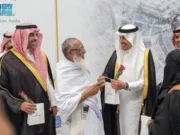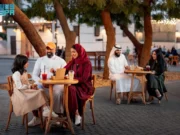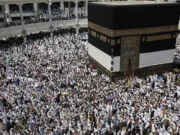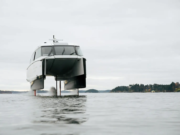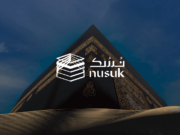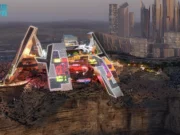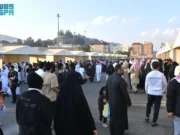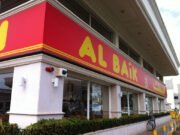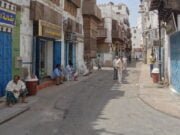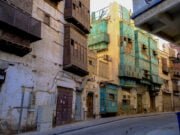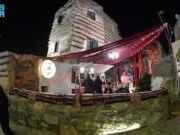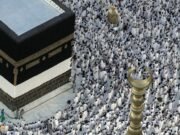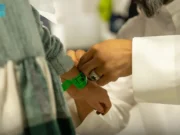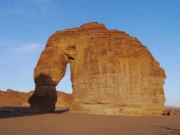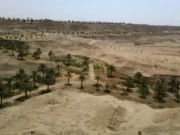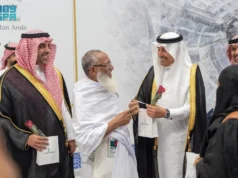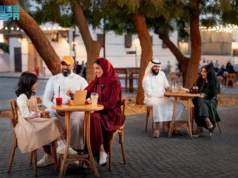Jeddah, Saudi Arabia, now houses a pioneering structure – the world’s first mosque built entirely using 3D printing technology. The Abdulaziz Abdullah Sharbatly Mosque stands as a unique tribute to the late husband of businesswoman Wajnat Abdulwaheed, who spearheaded its construction.
Located in the Al-Jawhara suburb and spanning an impressive 60,000 square feet, the mosque’s construction represents a significant leap in building methods. Funded by Abdulwaheed and supported by the National Housing Company, the project utilized 3D printing technology from Guanli, a Chinese firm. Notably, the design prioritizes fostering a sense of tranquility for worshippers while incorporating traditional mosque elements.
This project signifies a crucial step towards a more sustainable and technologically driven future. The 3D-printed marvel surpasses Dubai’s ambition of building a similar structure by 2025. Furthermore, 3D printing offers a potentially eco-friendly approach to construction by minimizing material waste and promoting efficient building processes. This achievement positions Saudi Arabia as a leader in embracing new technologies.
The Abdulaziz Abdullah Sharbatly Mosque beautifully embodies the concept of bridging tradition and the future. The design seamlessly blends elements that resonate with established practices while incorporating advancements. Functionality is also a key aspect, with an open area inspired by the Grand Mosque in Mecca, providing much-needed additional space for worshippers during the holy month of Ramadan.
The successful completion of this mosque highlights the power of collaboration. Combining the efforts of the government, businesses, and technology companies has resulted in this iconic structure. Beyond serving as a place of worship, the project positions Saudi Arabia as a hub for technological advancements and a champion for a sustainable future. This innovative approach to construction using 3D printing paves the way for a future where rapid building times and wider applications become commonplace, potentially even extending to the creation of entire neighborhoods.


